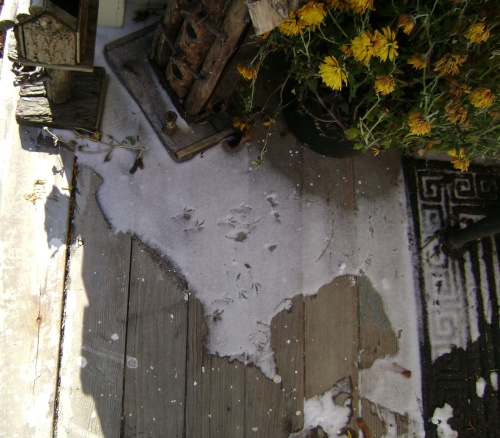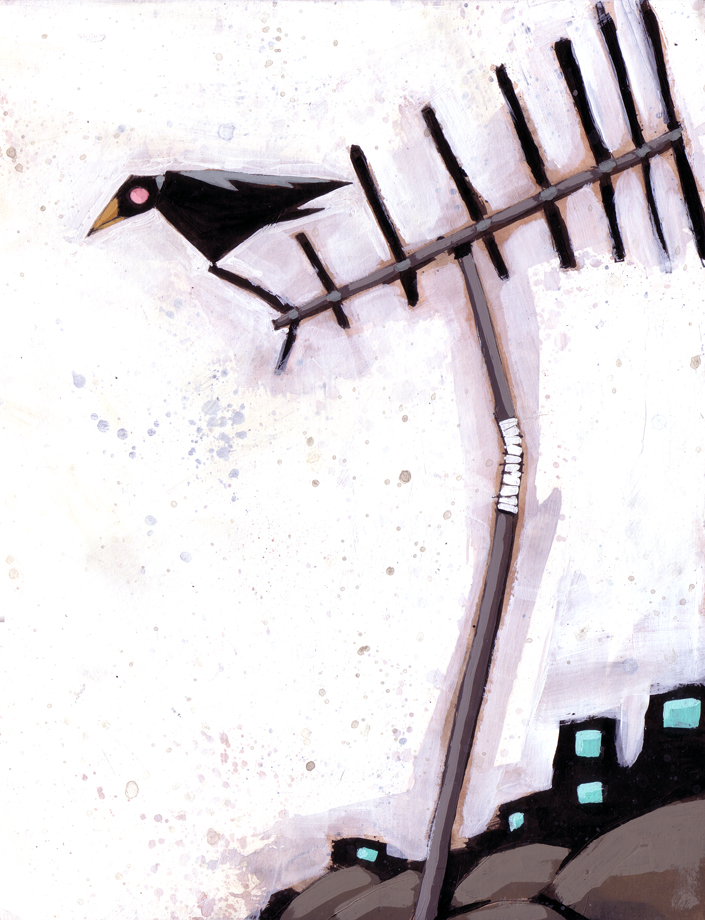Have I mentioned that I joined an art exhibition called the Sketchbook Project–well I have. Here’s a little about it:
We send you the sketchbook, you make the art. Then Art House is taking all the sketchbooks on a 6 city tour to galleries and museums across the U.S. The goal of the exhibition is to encourage anyone to create artwork and build a collective of sketchbooks made by artists from all over the world.
More info, and a sign up form (it costs $18), if you wanna do it at Art House Co-op. The theme is “Everyone We Know.”
I finally got my book today, and have already done the cover, and a couple of sketches. WOOT!
I’ll post some picks tomorrow.



